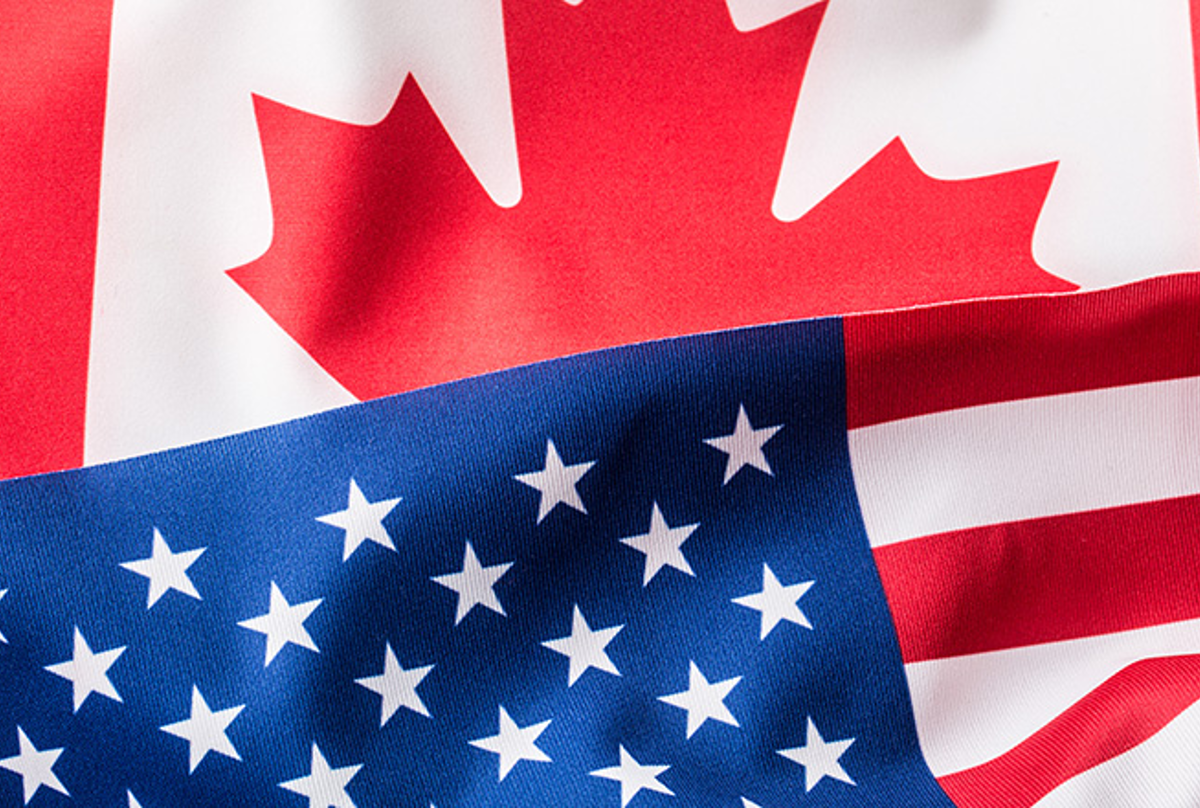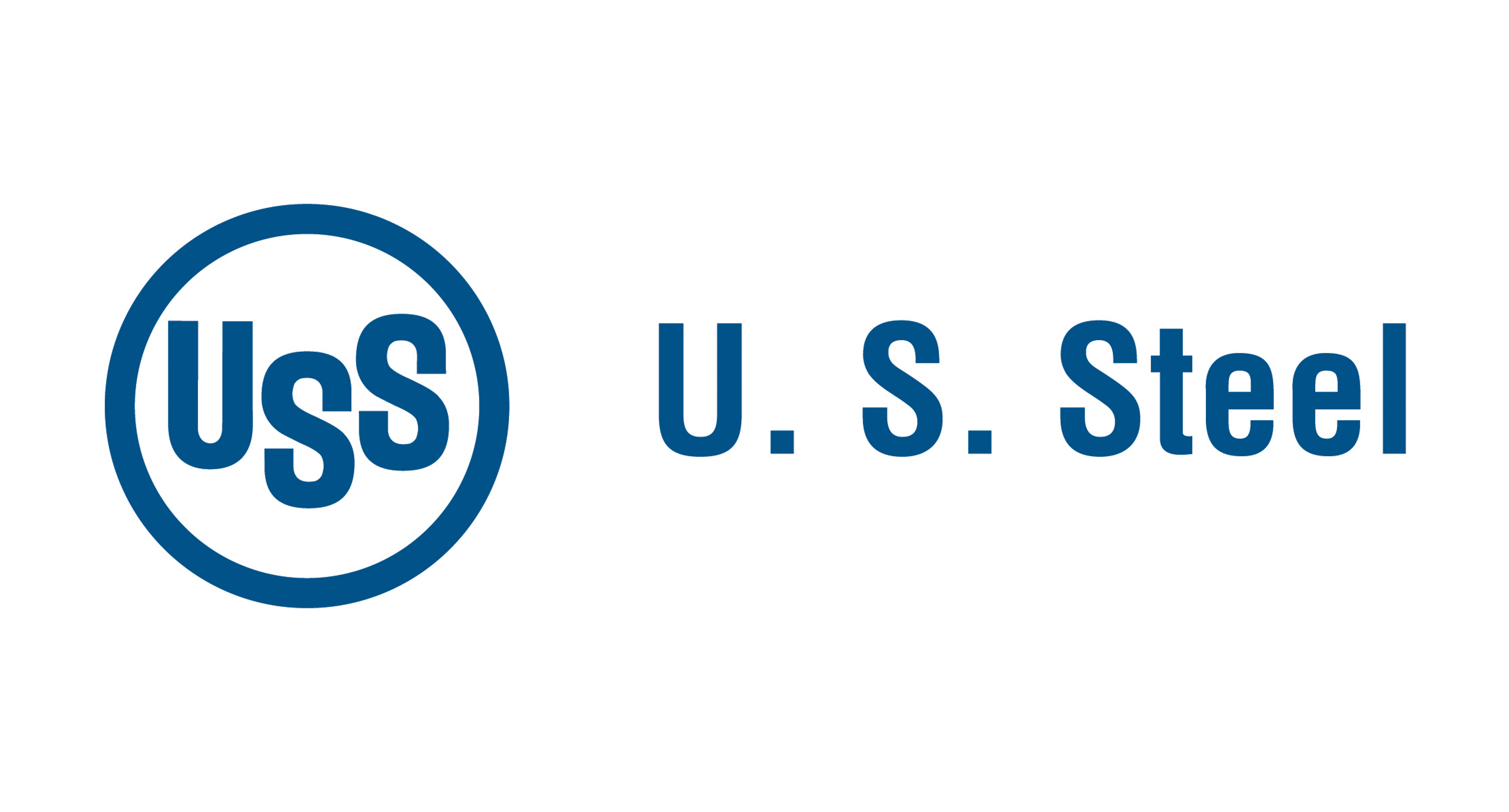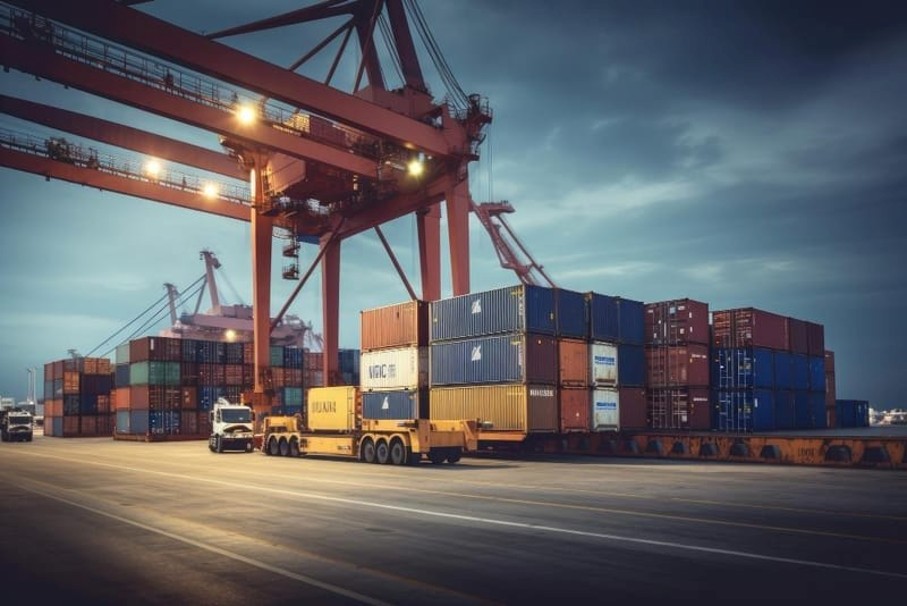Government/Policy
October 20, 2024
Leibowitz: What to do about China?
Written by Lewis Leibowitz
China’s burgeoning exports are causing major angst all over the world. In the US, the increases are spawning calls for more restrictions on the Asian nation, some of which might work a bit, but will likely cause more harm than good for the world at large.
Which remedies are available, and which will achieve the appropriate goals of improving the competitiveness of Western free-market manufacturing and keeping the world’s consumers (and, not incidentally, voters) satisfied?
Scanning the available literature, there are seven industries that lead the concerns for impact on Western economies:
- Electrical machinery (electricity generation, semiconductors, solar energy)
- Autos (electric vehicles, components)
- Medical equipment and supplies (personal protective equipment, pharmaceutical inputs)
- Textiles, apparel, and footwear (long a strong export sector for China, showing growth post-pandemic)
- Steel and aluminum products
- Chemicals and plastics (fertilizers, industrial goods)
- Food and agriculture products (especially processed foods)
I have written many times about the policy mistakes that have caused this export boom, including the housing bubble and the one-child policy that distorted the Chinese economy. The Chinese government has changed course on those issues, but the after-effects will persist for a long time. With an aging and declining population, China risks losing its momentum as the “workshop of the world.”
The big problem is how to get through the next few years with minimum damage to Western economies. Right now, Western participants in the seven sectors listed above are concerned that they will be overwhelmed by Chinese exports before China can be reined in. I think that is a legitimate concern.
What can reasonably be done to preserve Western manufacturing sectors without damaging consumers and industries that participate in global markets?
There are three major categories of action. In some measure, all should be looked at. These are tariffs, quotas, and subsidies for domestic production.
Right now, most candidates and commentators are focusing on one: trade restrictions on China. Trade restrictions generally take two forms: taxes (Section 232 and 301 tariffs, antidumping, countervailing duties and safeguards) or quantitative restraints (absolute quotas or tariff-rate quotas).
There are obvious shortcomings to this approach. Trade restrictions protect domestic producers from foreign competition. That’s why domestic producers prefer tariffs. Consuming industries that depend on vigorous competition in the markets that supply them will be hurt. This could be perhaps irretrievably if trade restrictions in upstream markets diminish competition, which is why consumers don’t like tariffs.
Controversy persists about who pays for tariffs, although there is really no room for doubt. Consumers in the importing country pay most of the cost of tariffs, and all the cost for quotas. Tariffs and quotas make goods more expensive, and that price increase is passed on to the customer. Like it or not, consumers in the United States and other Western countries are dependent on Chinese participation in our markets. Terminating that access suddenly will cause inflation, dislocation of manufacturers depending on Chinese materials and components, and a reduction in living standards. Tariffs and quotas are both regressive taxes, affecting lower-income consumers more than affluent ones.
One difference between tariffs and quotas is who benefits from them. Tariffs are collected by governments, swelling their coffers.
On the other hand, quotas reduce the quantity of goods in the importing market, forcing up the price of all goods, whether imported or domestically produced. Foreign exporters will make higher profits on the products they can sell, so that extra income will go offshore.
The third course of action, subsidies, is also being tried, especially in Europe and the US. The clearest use of this strategy in the United States is in semiconductors, where the federal government has made big payouts to attract new semiconductor manufacturing to the United States. Taiwan is generally recognized as the leading source for the most advanced semiconductors. The strategic vulnerability of Taiwan to attack is one reason that Taiwanese manufacturers have looked overseas, and especially to the United States, to build new capacity. But less advanced semiconductors are also very important to US manufacturers.
The key to subsidies is to create industries or producers that are competitive in free markets over the long haul. Major private investments will not be made if government support does not result in truly competitive companies.
With all the shortcomings of the available remedies, there remains the considerable problem of China flooding world markets with more and more goods. No one in the West, with its democratic institutions, is able to counsel inaction. Our presidential campaign is one important example of this.
One strategy that I hesitate to mention is negotiation to give China something and get something in return. Western unity of action could help make this idea more practical. China has some important comparative advantages in many of their growth sectors. Managed trade could help keep competition going, while making sure that Western industries are not devastated, perhaps for a long time, by China’s expansion.
But negotiation requires compromise, and compromise requires recognition that both sides have merit. Coercive tactics, such as tariffs, quotas, and subsidies can help convince the Chinese and others that negotiation is a better approach than economic or military compulsion.
At this point, neither major party candidate is showing commitment to compromise. We will have to wait until after Jan. 20, 2025, to see that.
Editor’s note
This is an opinion column. The views in this article are those of an experienced trade attorney on issues of relevance to the current steel market. They do not necessarily reflect those of SMU. We welcome you to share your thoughts as well at info@steelmarketupdate.com.







